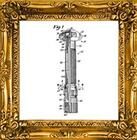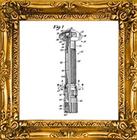- Thread starter
- #21
Thats impressive. 2 of the 3 of the abrasive physical forces during shaving are smoothened with this kind of tech it seems.The Gillette written paper inspired me to create my Gillette Super Click with Flexball technology Frankenrazor. Forward pivot and ball pivot plus replaceable single blades. Works great!



